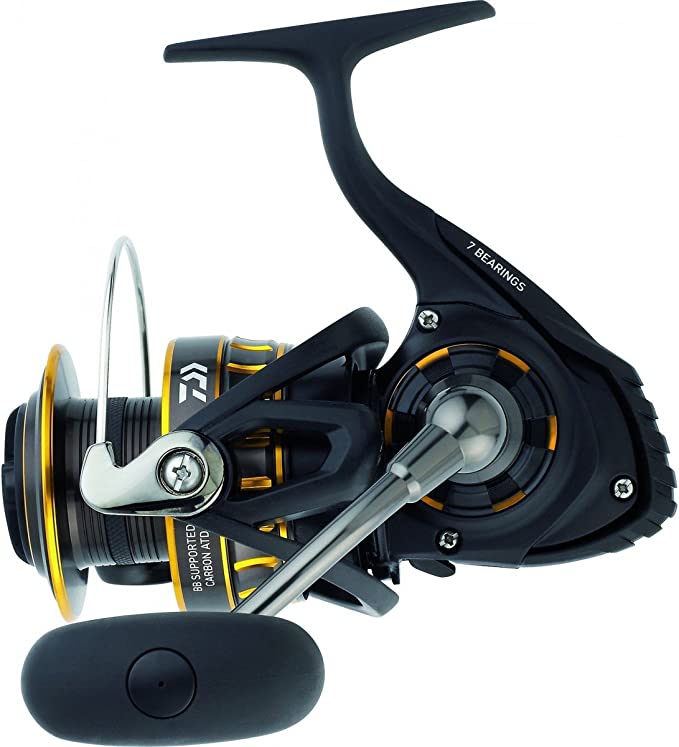Photodynamics in Daily Hygiene: Decoding the SNOW LED Toothbrush Gen 2
Update on Nov. 18, 2025, 12:57 p.m.
The modern bathroom counter is increasingly resembling a biomedical lab. Among the array of devices, the SNOW LED Electric Toothbrush Gen 2 stands out, not just for its sleek aesthetic but for the eerie blue glow emitting from its bristles. It promises a convergence of daily hygiene and cosmetic dentistry, suggesting that the simple act of brushing can now deliver the whitening results of a clinical procedure.
However, for the consumer navigating the hype of “tech-beauty,” a fundamental question remains: Is this light simply a design flourish, or is it a functional application of photodynamics? To understand the true utility of this device, we must dissect the science of light-activated oral care and the engineering challenges of putting complex electronics into a high-vibration environment.

The Physics of “The Glow”: Catalyst vs. Wand
The core appeal of the SNOW Gen 2 is its integrated blue LED technology. In professional dentistry, blue light (typically in the 400-500 nanometer spectrum) is well-established, but its role is often misunderstood by the public. Light itself is rarely the bleaching agent. Instead, it acts as a photocatalyst.
When a whitening gel containing hydrogen peroxide or carbamide peroxide is applied to teeth, the energy from the blue light excites the molecules, accelerating the breakdown of the peroxide into free radicals. These free radicals are the “workers” that dismantle the chromogens (stain molecules) in the enamel.
The Critical Caveat:
Using a blue light toothbrush with standard, non-whitening toothpaste is physically unlikely to bleach intrinsic tooth stains. The photon energy needs a chemical partner to be effective. Therefore, the SNOW Gen 2 should be viewed not as a “whitening wand,” but as an optimizer. When paired with a peroxide-based or photocatalytic toothpaste, the device theoretically enhances the chemical reaction during the two-minute brushing cycle.
The Hidden Benefit: Antibacterial Phototherapy
While the whitening claims rely on chemical synergy, the blue light may offer a standalone benefit that is often overlooked: antimicrobial action.
Research indicates that high-intensity blue light (specifically around 405-450 nm) can be toxic to certain porphyrin-producing bacteria, such as Porphyromonas gingivalis, a key pathogen in gum disease. While the intensity of an at-home toothbrush is significantly lower than clinical lasers, daily, cumulative exposure to this spectrum may contribute to suppressing the bacterial load in the oral microbiome. For users prone to gingivitis, this “phototherapeutic” aspect might be the device’s most valuable, albeit understated, feature.

Mechanical Engineering: The Stress of Sonic Power
Beyond the light, the SNOW Gen 2 operates as a sonic toothbrush. This means it relies on a motor generating high-frequency vibrations (often cited around 30,000-40,000 strokes per minute).
The Mechanism of Action:
1. Physical Debridement: The bristles mechanically sweep away plaque.
2. Fluid Dynamics (Cavitation): The rapid vibration creates microscopic bubbles in the fluid (saliva/paste mixture) that implode, generating tiny shockwaves. These shockwaves can disrupt biofilm in interdental spaces where bristles cannot reach.
The Durability Challenge:
Integrating an LED array into a head that vibrates 40,000 times a minute presents a significant engineering hurdle. The connection points between the power source in the handle and the light in the head are subject to immense, continuous mechanical stress. This structural tension explains why “Gen 2” iterations are crucial in this product category—they often represent an attempt to reinforce internal circuitry that failed in previous models. Users reporting durability issues (like base cracking or heads stopping) are likely witnessing the physical limits of putting complex electronics into a high-stress kinetic environment.

Optimized Usage Protocol
To extract real value from the SNOW Gen 2 and move beyond the placebo effect, users should adopt a specific protocol:
- Pair with Chemistry: Do not expect drastic whitening with standard fluoride paste. Use a toothpaste formulated with PAP (Phthalimidoperoxycaproic acid) or Hydrogen Peroxide to give the blue light a chemical substrate to activate.
- Focus on the Gumline: Given the potential antibacterial benefits of blue light, direct the bristles at a 45-degree angle to the gumline. This allows the light to penetrate the sulcus where anaerobic bacteria thrive.
- Monitor the Hardware: Be gentle when attaching/detaching heads. The connectors passing power to the LED are delicate. “Gen 2” implies improvements, but mechanical empathy extends the lifespan of any precision tool.

The SNOW LED Electric Toothbrush Gen 2 represents a bold step in oral care integration. It is not a magic eraser, but when understood as a photodynamic tool—one that leverages light to catalyze chemistry and suppress bacteria—it offers a sophisticated, multi-modal approach to oral hygiene that manual brushing simply cannot replicate.



















